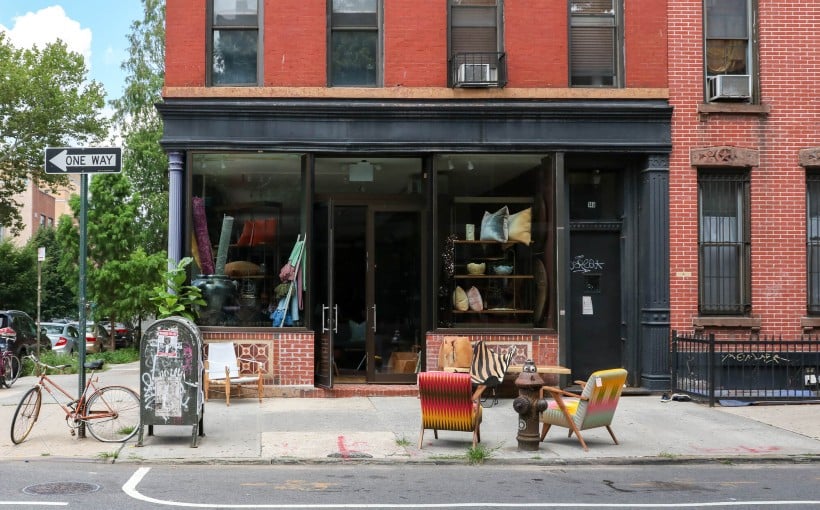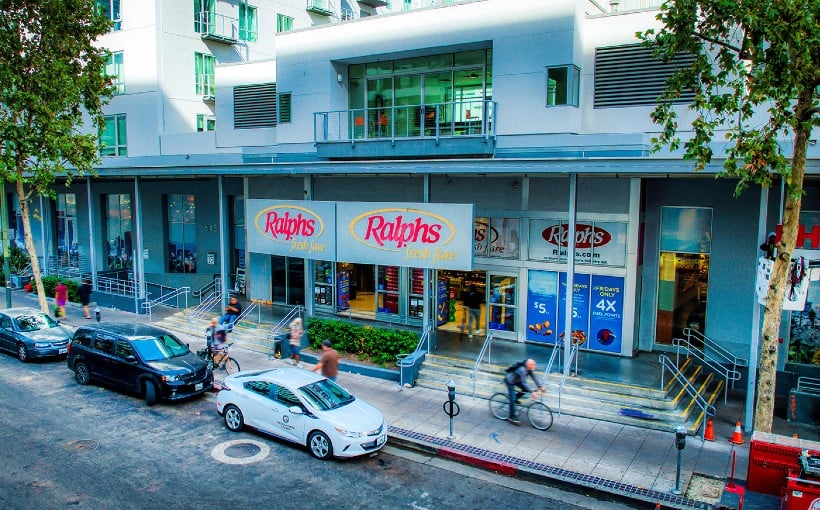The office sector continues to experience hardship, with higher vacancies and a flight to quality. Additionally, there has been an increase in sublet office space. According to a recent article published by Moody’s Analytics CRE , this rise in subleased office space combined with the $8.9 billion of fixed-rate CMBS office loans scheduled for maturity in 2023 could add further strain on the already stressed out office sector and commercial real estate (CRE) market as a whole. Members of Moody’s Analytics CRE Research Team explained that properties with larger amounts of sublet space may be more vulnerable if economic conditions worsen even further.
Sublet Space – By the Numbers
Moody’s research shows that nationally, sublet space has increased by 23.9%. This is due largely to companies re-evaluating their use of offices amid discussions about hybridizing workforces; some examples include Google adding 1.4 million square feet into Silicon Valley’s market, Verizon contributing 190k square feet into Boston’s supply and Tableau tacking on 200k sqft onto Seattle’s offering . The Northeast region appears particularly impacted by increasing vacancies – likely due both its longer commutes than other metros as well as higher WFH adoption rates – compared against Southeast markets according to data scientist Ricardo Rosas from Moody’s Analytics . As per their report , vacancy rate stood at 18% during Q1 2023 which was just below 19% hit during Savings & Loan Crisis back in late 1980s/early 1990s; they project it will reach 19%+ come end year 2024 unless something changes drastically soon enough .
CMBS – And Beyond
CMBS delinquencies spiked up significantly last May according mainly single asset/single borrower loans like 375 Park Avenue/Seagram Building loan case but when looking through two different methods used for conduits analysis it showed meaningful jump from Jan 2020 till May 2023 across all types lenders including bank & insurance ones who are two largest groups within CRE lending yet lack transparency unlike CMBS making them proxy indicator for what happens across entire debt market here . Matt Reidy director @MoodysAnalytics noted how lenders might not want take ownership troubled assets so they’d rather extend maturities instead ; example being bonds signaling potential extensions at 375 Park Ave where servicer granted 2 yrs extension while Class A bond price indicates investors won’t get payoff until 2027 or later time frame implying similar situation elsewhere too eventually if current trends continue unchanged over time period ahead ..
Deliberate Borrower Default Brookfield Properties’ strategy deliberate defaulting Los Angeles buildings serves another reminder how borrowers might decide not keep properties w high vacancy levels + lot of leased out spaces either : decision comes down financial details rent roll etc whether projected NOI sufficient offset any marginally higher mortgage rates financed via variable rate loans etc Nick Villa economist @MoodysAnalytics anticipates landlords deliberately defaulting those assets going forward however he also said same happened previous downturn cycles before so nothing really new here either way ..




